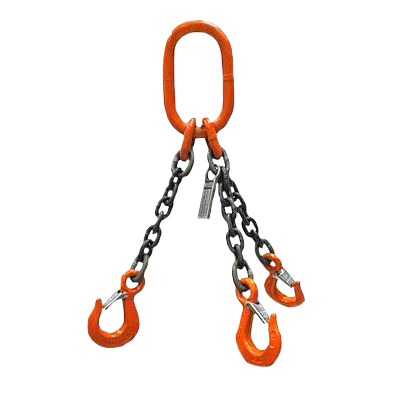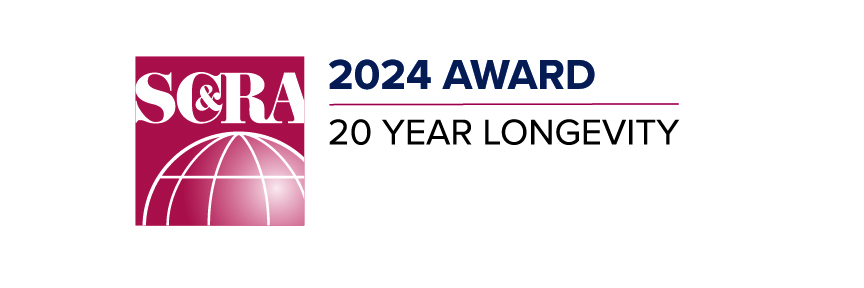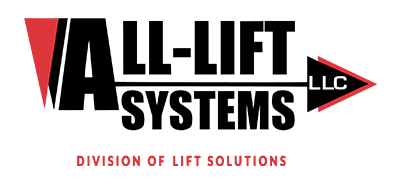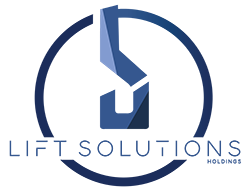Rigging | Crane/Hoist Service | Safety Supplies
Wisconsin’s premier supplier of rigging and lifting equipment, and hoist cranes; All-Lift Systems is an industrial manufacturer based in Neenah, Wisconsin.
We provide many rigging and lifting equipment solutions including hoist cranes, web slings, round slings, and chain slings. In addition, we manufacture hand and mechanical spliced wire rope slings and fall protection safety lines. We are a manufacturer of custom solutions for material handling; let us help you design the sling or assembly you need to get the job done! When you think lifting, think All-Lift, All the Time!
Looking for a custom wire rope, web, round, or chain sling assembly, hoist cranes? Let All-Lift Systems help you.

We're HIRING
All-Lift Systems, LLC. – Wisconsin’s premier Crane Service provider and supplier of Rigging and Lifting equipment is NOW HIRING. Established in 1980, we are strategically positioned to expand our market share through talented start performers. We offer competitive wages for top talents to join our team and provide great group benefits to care for your loved ones. Join a culture where we expect our managers to lead as coaches and servant leaders, promote a culture of open communication, and value the dedication of everyone. We would welcome the opportunity to be considered as your next employer. Please contact us today at 920-738-0800 to speak with any of our friendly staff today; and be connected with our HR Recruiter or fill out an application for immediate consideration. We look forward to welcoming you to our team!

Lift Solutions is a proud recipient of the Longevity Award from the Specialized Carriers & Rigging Association.
SC&RA is an international organization comprised of more than 1,350 members from 46 nations.
SC&RA’s Longevity Awards are presented to member companies for their longtime support and dedication to the Association and its mission.

